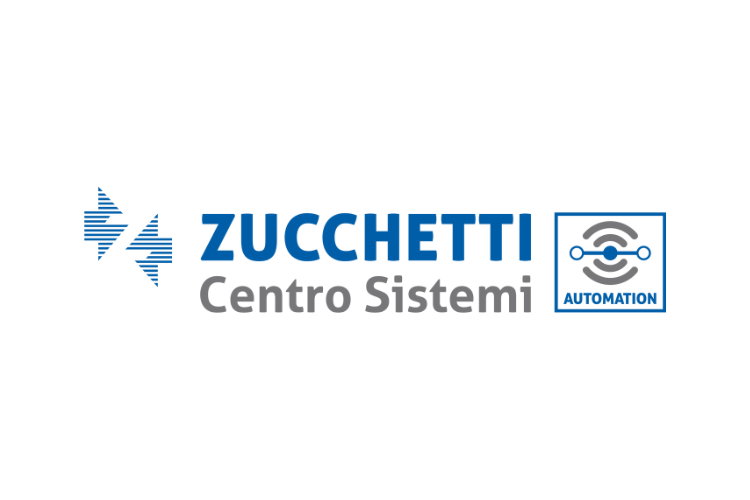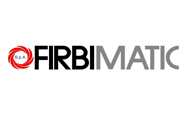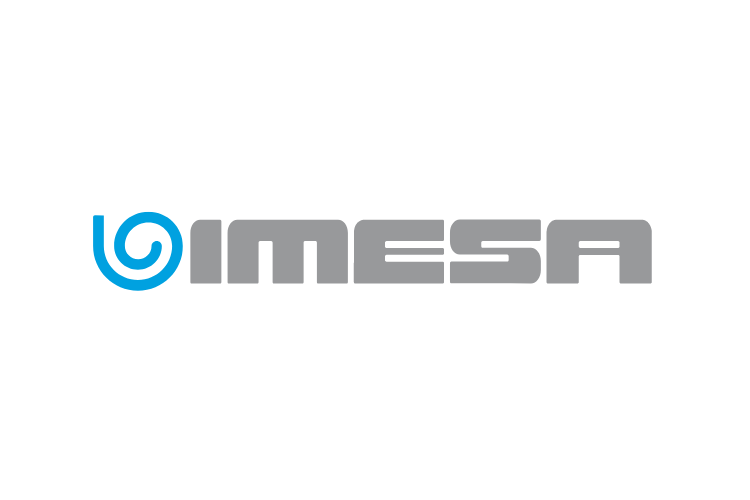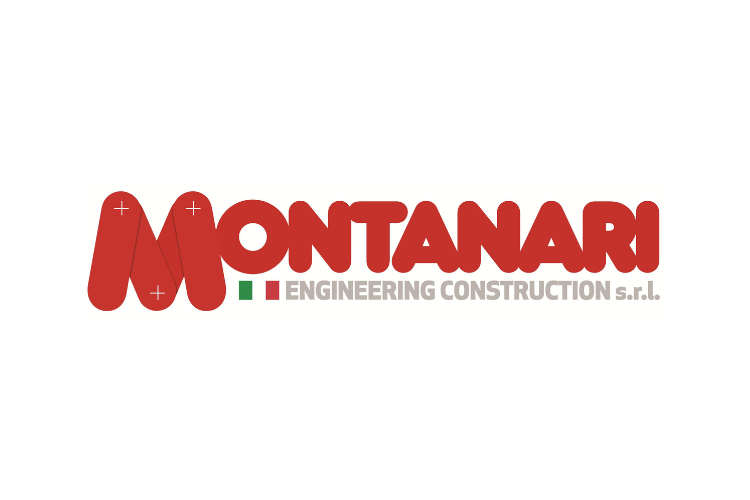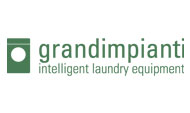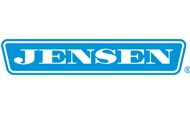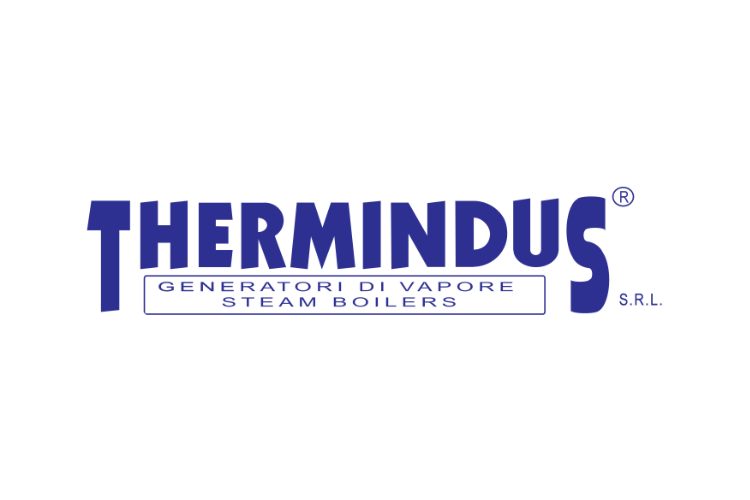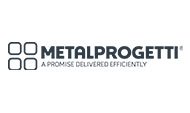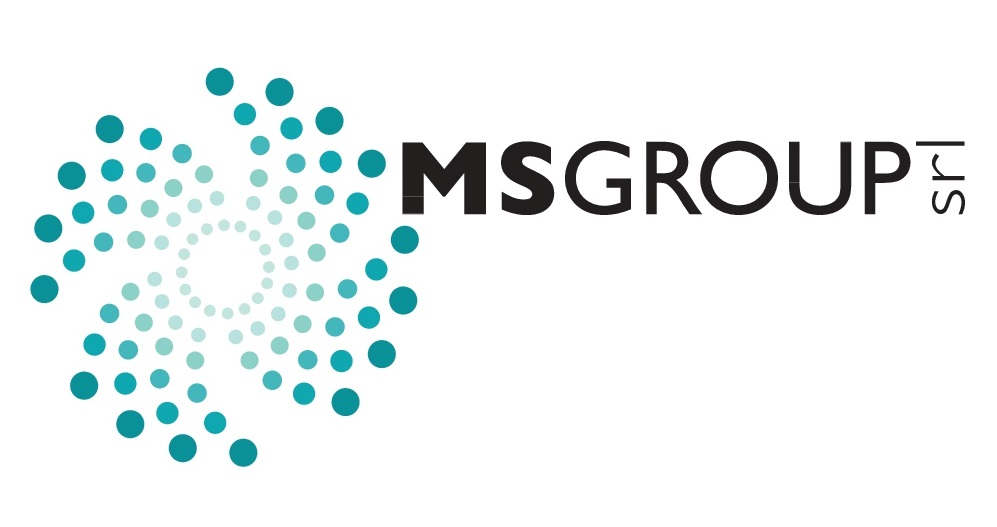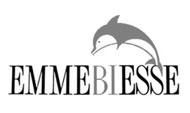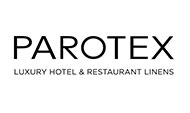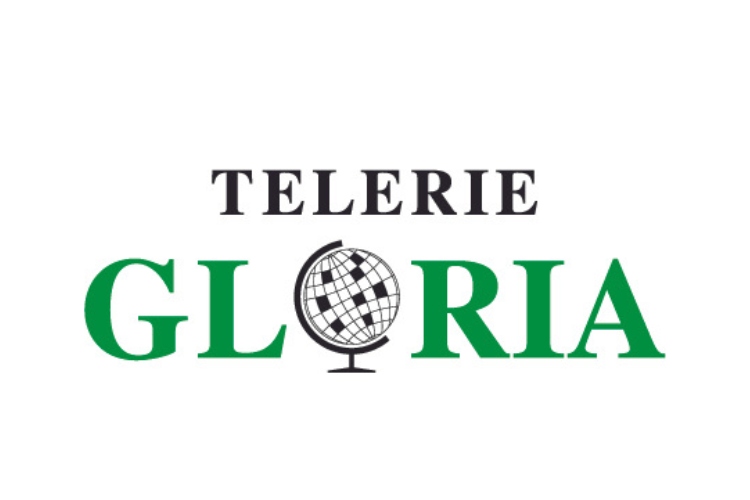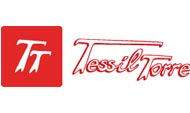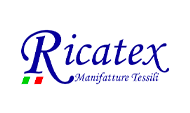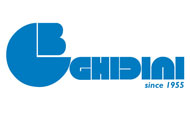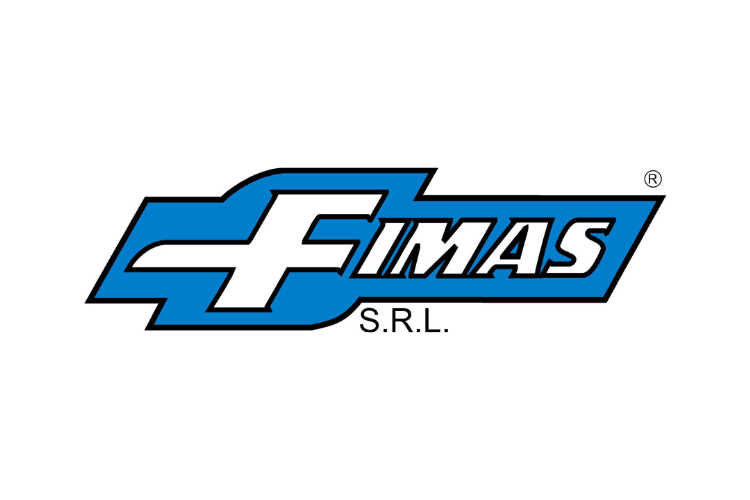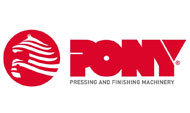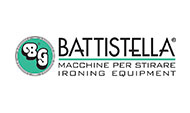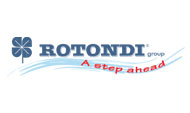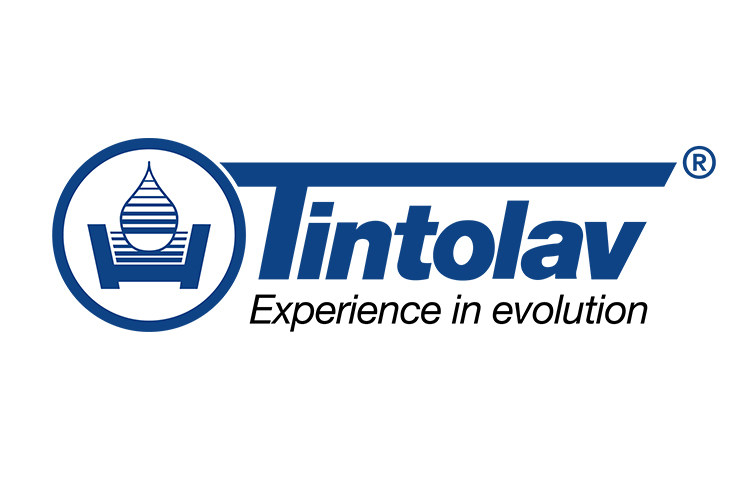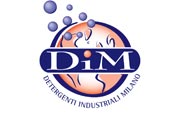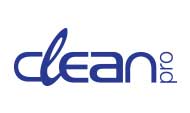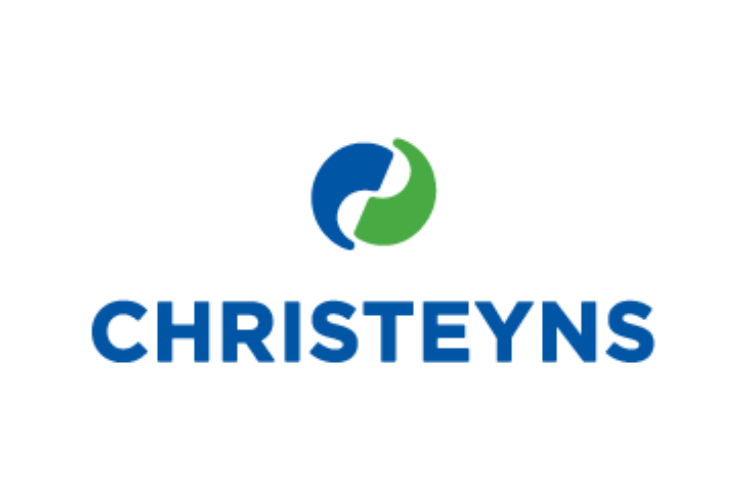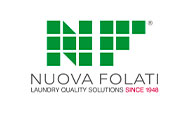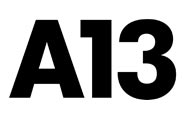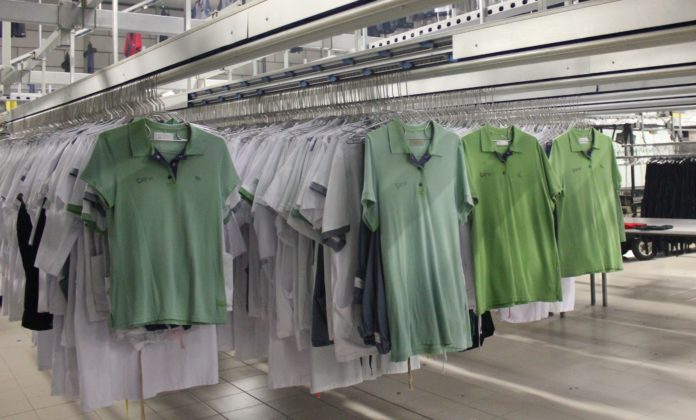
The maintenance of workwear, especially if CE certified as Personal Protective Equipment, rather than carried out by domestic washing, it is more and more often assigned to industrial laundries today; the choice is linked to the fact that laundries assure workwear maintenance that is cohe rent with the type of garment so that they guarantee the maintenance of the performing characteristics of the garment that the producer declared. It relates to Legislative Decree 81/2008 on Safety that states the legal obligation of employers to supply workers with PPE and maintain it at an efficient level.
Therefore, it is extremely important that the UNI EN ISO 15797:2018 regulation on “Tessili – Procedimenti di lavaggio e di finitura industriale per la valutazione degli abiti da lavoro” (“Textiles – washing procedures and industrial finishing for wor kwear evaluation”) has been published on the national level
The regulation specifies the procedures on testing and the tools that could be used to evaluate workwear destined to industrial washing (Personal Protection Equipment in cluded); the diverse washing types described by the regulation in comparison to the domestic washing are carried out while working on bigger volumes of the material and at higher temperatures. Also, the washing is carried out by larger machines; all the above replicate the industrial washing at best.
Washing is one of the most significant tests used in main tenance treatments, therefore, it is crucial to evaluate its possible negative influence on the relevant products’ characteristics such as dimensional stability, chromatic characteristics, creases, seam area wrinkling, pilling and general visual aspects. Such a possible negative influence can be particularly serious in case of Personal Protection Equipment because it decreases the safety level of the products defined as mandatory by Product Regulations.
 Comparing to the previous edition, the field of application has been modified (removed the restriction on cotton, polyester and their mixture as far as workwear goes) and new fiber types have been introduced. The change has been important as many workwear garments today can be made of highly performing chemical fibers. On the basis of the regulation modification of the application field, the differentiation of washing cycles proposed by the Charts of the Regulation (four charts in total), according to the type of the textile material, is carried out by distinguishing between “Full Load” and “Reduced Load”.
Comparing to the previous edition, the field of application has been modified (removed the restriction on cotton, polyester and their mixture as far as workwear goes) and new fiber types have been introduced. The change has been important as many workwear garments today can be made of highly performing chemical fibers. On the basis of the regulation modification of the application field, the differentiation of washing cycles proposed by the Charts of the Regulation (four charts in total), according to the type of the textile material, is carried out by distinguishing between “Full Load” and “Reduced Load”.
 The regulation indicates the general characteristics of washing, spinning and drying equipment. The characteristics have been defined in consideration of medium-size machines. According to the regulation, if the garment is subjected to more washing cycles, each of them is to be followed by a drying cycle.
The regulation indicates the general characteristics of washing, spinning and drying equipment. The characteristics have been defined in consideration of medium-size machines. According to the regulation, if the garment is subjected to more washing cycles, each of them is to be followed by a drying cycle.
DETERGENTS
A particularly important factor concerns a very detailed specification on washing detergents by the regulation: one containing optical bleach that cannot be used in case the chromatic characteristics evaluation is included in the treatment; one not containing optical bleach. The clarification is new and interesting due to the fact that the productive process of detergents is crucial as far as their final characteristics go, therefore it is fundamental to assure the detergents’ tracea bility in terms of a producer, batch number, production date.
BLEACHING AGENTS
There are three different types of bleaching agents whose che mical composition is defined by the regulation in detail; such a composition should be determined before any use through quantitative volumetric analysis; all of them shall be used within 30 days from the preparation. The included agents are: peracetic acid, sodium hypochlorite, hydrogen peroxide.
All these oxidising substances possess different characteristics; among the three, hydrogen peroxide does not show a particularly aggressive oxidising power whereas sodium hypochlorite is highly aggressive on colors so it could determine shrinking or strong shrinking in some cases.
 In all the three cases, the bleaching effect is due to the discharge of active oxygen (in case of peracetic acid and hydrogen peroxide) and active chlorine (in case of sodium hypochlorite). Such activity is modulated by the PH of the bath.
In all the three cases, the bleaching effect is due to the discharge of active oxygen (in case of peracetic acid and hydrogen peroxide) and active chlorine (in case of sodium hypochlorite). Such activity is modulated by the PH of the bath.
WASHING PROCESS
The regulation lists four types of processes described by the charts. In all the cases, during the washing stage, the bath ratio is 1:4 and the bath ratio in the rinsing stage is 1:5. The weight ratio of the load and the volume of the drum that contains it is defined for each of the charts. The ratio always equals 1:12 for a full load and 1.17 for a reduced load.
Chart 1 (present in the regulation) defines a suitable process for white workwear and color decorations tending tochromatic variations; in the process, peracetic acid is used as a bleaching agent; it is carried out at the temperature of 75°C ± 2°C and its duration is 20 minutes; there are three rinsing stages, each of 3 minutes and a final spinning cycle that lasts for 6 minutes.
The humidity contained by the garments after washing ranges between 50% and 55% in case of the full load, and from 35% to 40% in case of the reduced load.
Chart 2 (present in the regulation) defines a suitable process for white workwear only; in the process, sodium hypochlorite is used as a bleaching agent, it is carried out at the temperature of 85°C ± 2°C in case of the full load and at the temperature of 75°C ± 2°C in case of the reduced load; in both cases the duration is 20 minutes; there are 3 rinsing stages, each of 3 minutes, and a final spinning cycle of 6 minutes. A reduction product is added to the second and third rinsing stage (e.g. Sodium metabisulfite or Sodium sulfite) to eliminate the chlorine residue completely.
The humidity contained by the garments after washing ranges between 50% and 55% in case of the full load, and from 35% to 40% in case of the reduced load.
Chart 3 (present in the regulation) defines a suitable process for white workwear and color decorations tending to chromatic variations; hydrogen peroxide is used in the process as a bleaching agent; it is carried out at the temperature of 85°C ± 2°C; its duration is 20 minutes; there are three rinsing stages, each of 3 minutes and a final spinning cycle of 6 minutes.
The humidity contained by the garments after washing ranges between 50% and 55% in case of the full load, and from 35% to 40% in case of the reduced load.
Chart 4 (present in the regulation) defines a suitable process for colour workwear without the use of any bleaching agent; it is carried out at the temperature of 85°C ± 2°C in case of the full load and at 75°C ± 2°C in case of the reduced load; in both cases, the duration is 20 minutes; there are 3 rinsing stages, each of 3 minutes, and a final spinning cycle of 6 minutes.
The humidity contained by the garments after washing ranges between 50% and 55% in case of the full load, and from 35% to 40% in case of the reduced load.
 DRYING PROCESS
DRYING PROCESS
There are two procedures listed:
A) tumble drying carried out at not more than 90°C; garments are considered dry when the final content of relative humidity equals 0% ± 3%
B) tunnel drying at the air temperature of 155°C; the garments are considered dry when they reach temperatures between 135°C and 140°C. Attachment A (regulation) de scribes alternative evaluation systems for drying levels that use sensors placed near the garments or attached directly onto the garments.
CONCLUSIONS
The regulation constitutes a crucial reference for labs to replicate washing conditions applied by industrial laundries so that it is possible to verify the maintenance of the performing characteristics of garments and chose the best possible maintenance treatment intended as the one that obtains the best possible washing and drying results while avoiding the slightest garment damage. In case of Personal Protection Equipment, garment damage, as mentioned before, is particularly risky as it can significantly lower the safety requirements that, in specific cases, are compulsory. •
 di by Gabriella Alberti Fusi Direttore Tecnico,
di by Gabriella Alberti Fusi Direttore Tecnico,
Centro Tessile Cotoniero e Abbigliamento S.p.A.
Detergo Magazine May 2019







